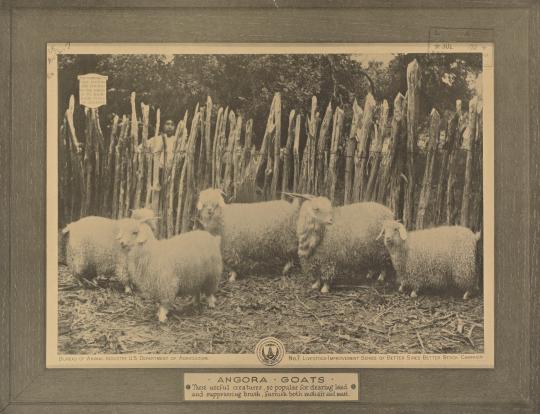#the goat 1921
Text


The Goat (1921)
The Scarecrow (1920)
#buster keaton#the goat 1921#the scarecrow#comedy#silent movies#1920s#silent film#hollywood#slapstick
78 notes
·
View notes
Text

"Typical Anglo-Nubian heads." Modern milk goats. 1921.
Internet Archive
211 notes
·
View notes
Text
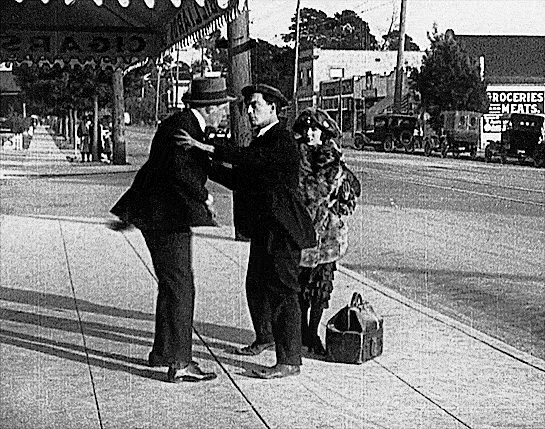
The Goat - 1921
#buster keaton#virginia fox#the goat#1920s#silent film#silent comedy#silent cinema#pre code#pre code hollywood#damfino#damfinos#buster edit#black and white#vintage hollywood#old hollywood#gifs#slapstick#1921#film#comedy#cinema
95 notes
·
View notes
Photo

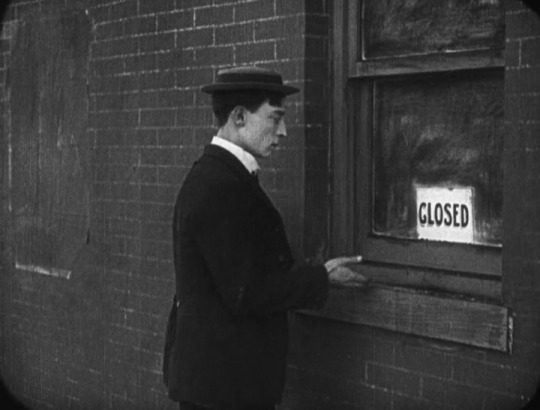
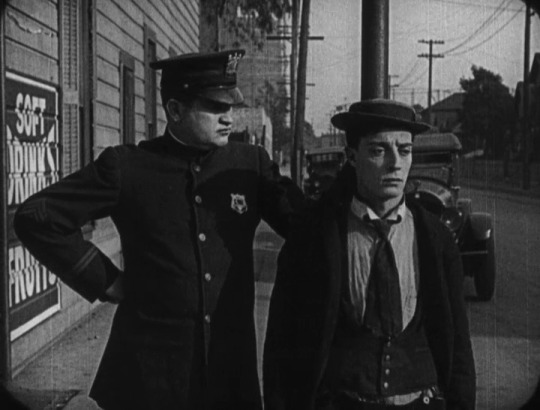
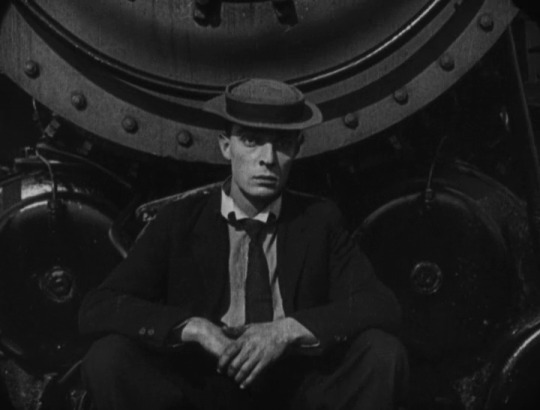

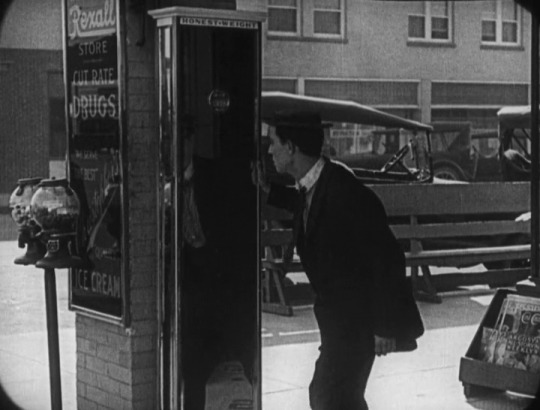


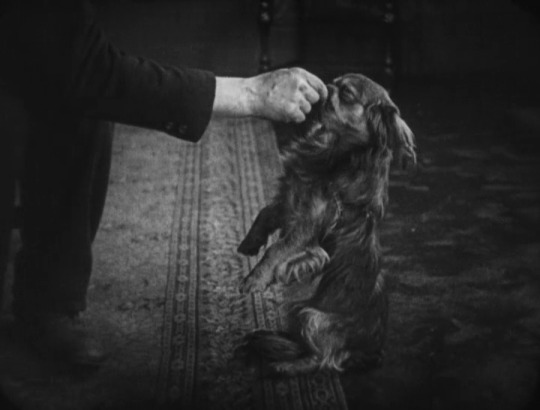
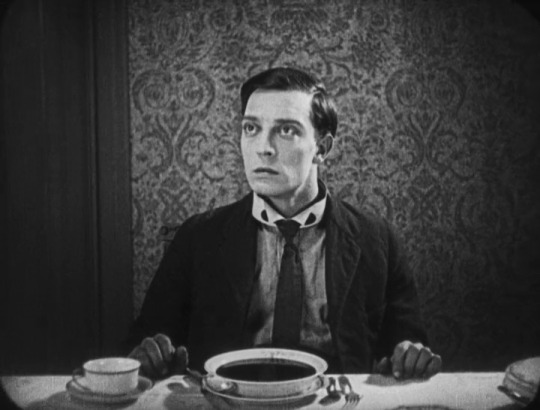
The Goat (Buster Keaton & Malcolm St. Clair, 1921)
#films watched in 2022#The Goat#Buster Keaton#Malcolm St. Clair#seis#short film#Malcolm St Clair#1921#silent film#silent cinema#comedy#Virginia Fox#Joe Roberts#Elgin Lessley#dogs#soup#newspaper#animals#black and white#food#jail#prison#horses
252 notes
·
View notes
Text

1921 Poster for Buster Keaton in "The Goat". From Kenneth McIntyre, FB.
202 notes
·
View notes
Text
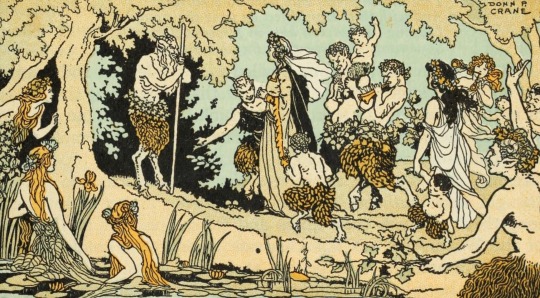
From the Tower Window of my Bookhouse
Edoted by Olive Beaupré Miller
Chicago, the Bookhouse for Children Publishers
1921
Artist : Donn Philip Crane
Far away within the wood a troop of Fauns and Sa’tyrs were dancing in a round, while old Syl-va’nus, who was their king, slept in a shady arbor. Gay, rustic, wild-wood folk were these, with horns upon their foreheads and shaggy legs of goats.
#donn philip crane#donn p. crane#1921#children's literature#children's books#fairy story#vintage illustration#children's book#old illustration#fairy#water nymph#fauns#faune#nymphe#olive beaupré miller#from the tower window of my bookhouse#golden age of illustration
420 notes
·
View notes
Photo
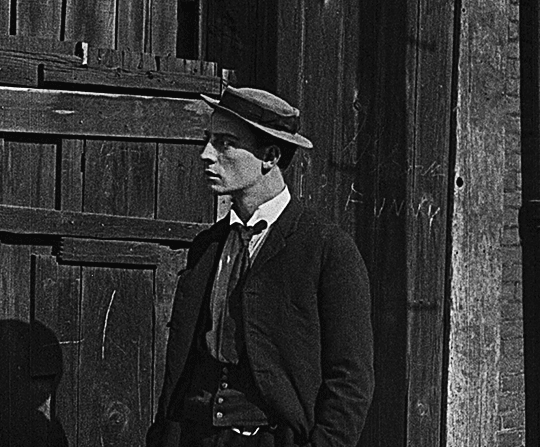
Buster breaks the fourth wall in The Goat (1921)
#Buster Keaton#The goat#classic film#classicfilmblr#vintage#old hollywood#gif#mine#buster*#the goat*#fourth wall break
219 notes
·
View notes
Text

Toe-licking demon, circa 1921.
* * * *
One of many demonic entities found lurking in a manuscript on magic and astrology written by a rammal — or soothsayer — in Isfahan, Iran. The paintings were added one or two decades after the composition of the text — a treatise on demons associated with each sign of the zodiac and corresponding spells for dealing with the different creatures.⠀
⠀
Not all of the 56 painted illustrations in the manuscript depict demonic beings. Amongst the horned and fork-tongued we also find the archangels Jibrāʾīl (Gabriel) and Mikāʾīl (Michael), as well as the animals — lion, lamb, crab, fish, scorpion — associated with the zodiac. But most of the figures shown are far from ordinary or angelic. A blue man with claws, four horns, and a projecting red tongue is no less frightening for the fact that he’s wearing a candy-striped loincloth. In another image we see a moustachioed goat man with tuber-nose and polka dot skin maniacally concocting a less-than-appetising dish. One recurring (and worrying) theme is demons visiting sleepers in their beds, scenes involving such pleasant activities as tooth-pulling, eye-gouging, and — in one of the most engrossing illustrations — a bout of foot-licking (performed by a reptilian feline with a shark-toothed tail).⠀
⠀
See our highlights here: https://publicdomainreview.org/collections/persian-demons-from-a-book-of-magic-and-astrology-1921/
[The Public Domain Review]
* * * *
It is in your own power to maintain the beauty of your soul, or to be a decent human being.
― Marcus Aurelius
21 notes
·
View notes
Note
the 1920s and 1990s for the movie ask game
1920's:
1920: Der Golem, wie er in der Welt kam dir. Paul Wegener & Carl Boese
1921: The Goat dir. Buster Keaton
1922: Nosferatu dir. F.W Murnau
1923: no movie I'd call a "favourite"
1924: Die Nibelungen dir. Fritz Lang!! Not gonna choose between Siegfried and Kriemhild's Revenge they're one epic movie to ME
1925: again, no "fav"
1926: The General dir. Buster Keaton
1927: Metropolis dir. Fritz Lang
1928: The Passion of Joan of Arc dir. Carl Theodor Dreyer
1929: no "fav"
1990's:
1990: Jacob's Ladder dir. Adrian Lyne
1991: Point Break dir. Katheryn Bigelow
1992: Twin Peaks: Fire Walk With Me dir. David Lynch
1993: Carlito's Way dir. Brian De Palma
1994: The Shawshank Redemption dir. Frank Darabont
1995: Before Sunrise dir. Richard Linklater
1996: The Birdcage dir. Mike Nichols
1997: Titanic dir. James Cameron
1998: The Thin Red Line dir. Terrence Malick
1999: Eyes Wide Shut dir. Stanley Kubrick
4 notes
·
View notes
Text

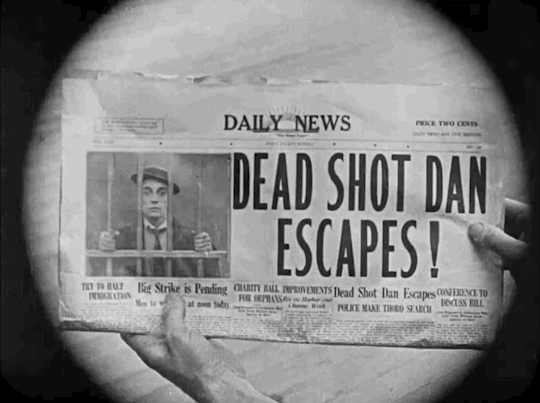

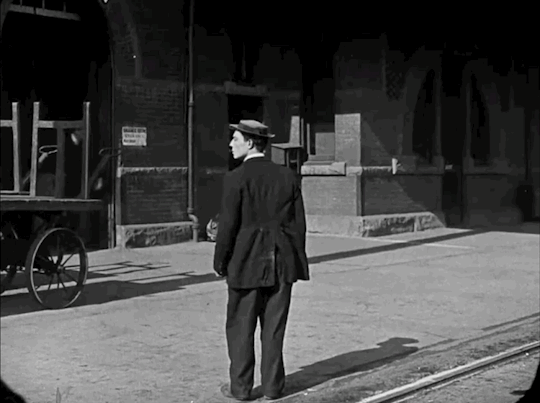


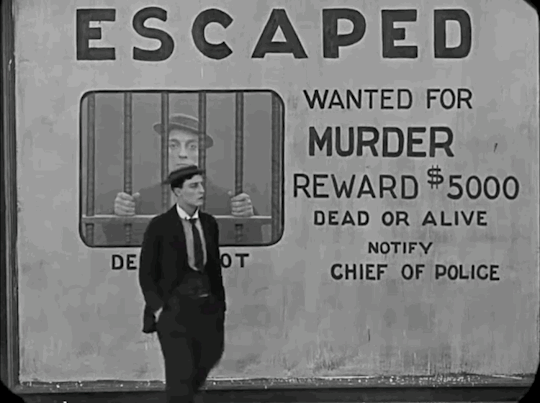

The Goat 1921
#buster keaton#the goat 1921#the goat#silent movies#comedy#1920s#silent film#silent comedy#1920s cinema#golden age of hollywood#hollywood#slapstick
61 notes
·
View notes
Text

"In the agricultural calendar, Michaelmas was one of the quarter days when tenant farmers paid their rent and outstanding bills were settled. It was also the day by which farm workers should have safely gathered the harvest in. In fact the full moon in September is popularly known as the 'Harvest Moon', and work in the fields went on by its light. Today harvest is often a few weeks early as farmers take advantage of any good weather in August or early September. At Harvest End or Harvest Home, various seasonal customs were observed that appear to date back to ancient rituals connected with the twin themes of fertility and sacrifice and life and death.
Prominent among these folk customs was the ritualistic cutting of the last sheaf in the harvest field. This was believed to symbolise the dwelling place of the corn spirit, who could take male, female or animal form. Sometimes the last sheaf was called the Old Woman, the Old Wife, the Old Witch, the Old Hag, the Queen, the Maiden, The Old Sow, the Mare, the Bitch, the Hare, the Goat or the Gander. These were either forms of the bright and dark goddess or the totem animals sacred to her. In Scottish folk tradition two 'corn dollies' were made from the last sheaf and called the Cailleach and the Maiden, representing the aspects of the Goddess in transition at this time of the year. In the Highlands the last sheaf was known as the Maiden before Samhain (November 1st) and the Cailleach after that date, when the dark half of the year began.
In Ireland the ancient god ruling the period from Lammas to Samhain and the harvest was Crom Cruach or Crom Dubh ('the bloody dark' or 'black bent one' or 'crooked one of the [burial] mound'). He was an underworld deity who was supposed to have invented the plough, and his myth may date back to Neolithic times. He was depicted carrying the Kern Baby (the last sheaf) on his hunched back, and was accompanied by two large black hounds. On Lammas this dark god fought a ritual combat with the god of light, Lugh, who gave his name to the festival of Lughnasadh. Crom owned a huge pet bull that was a danger to the harvest, and the supernatural beast had to be killed by Lugh's magical spear before the crops could be safely gathered in.
Offerings of first-born humans and animals, milk and grain were made to stone images of Crom on Samhain Eve (October 31st). It is claimed that St Patrick destroyed one of these idols that was being worshipped by pagans, with a blow from his crosier. When the demon inhabiting the stone left, the saint consigned him to perpetual punishment in Hell. In this story Patrick seems to have taken over the former role of the god Lugh in banishing the dark god Crom to the underworld. In 1921 an image believed to represent this harvest deity was excavated near a prehistoric stone circle in County Cavan, southern Ireland.
It was lucky for a young woman to be responsible for accompanying the last sheaf back to the farmhouse, and she was called the Lady or Queen of the Harvest. In the late 16th century a pageant was presented to Queen Elizabeth I featuring a wooden effigy of the Roman corn the last sheaf arrived back at the farm it was woven into a corn dolly and dressed in female clothing with ribbons and wild flowers. This effigy would be hung up over the hearth until Plough Monday. Then it was taken down and buried in the first furrow of a newly ploughed field as a fertility charm. Alternatively it was kept above the fire until the next harvest and replaced with a new one.
The male farm worker chosen to cut down the last sheaf was given the title of Lord of the Harvest. On English farms this custom was known as 'Crying the Neck', when the reapers threw their sickles at the last sheaf. It was considered unlucky to be the one who actually cut the sheaf down. Sometimes the man who was responsible was violently jostled by his fellow workers or had corn stalks thrown at him. There was also a tradition that if the 'neck' was cut by an older man, a younger farm worker would seize it from his hands and run back to the farmhouse with his trophy.
Once the last sheaf had been cut and the crops safely gathered in, a Harvest Supper was arranged by the farmer and his wife for the workers. If all had gone well this was a sumptuous feast where jointsof roast beef, sides of bacon, chicken, goose, cheese, home-made bread, plum pudding and ginger cake were washed down with large quantities of home-brewed cider and beer. On the Scottish island of Orkney the Harvest Supper featured the slaughter, cooking on a spit over an open fire and eating of a whole sheep, in a custom that is believed to date back to Viking times. The supper was presided over by the Lord and Lady of the Harvest and, in a reversal of the normal social rules and norms, the man was regarded as her consort and took a secondary role in the proceedings. After everyone had eaten their fill there was country dancing accompanied by music from a fiddle and the bagpipes."
—
Liber Nox:
A Traditional Witch's Gramarye
Chapter 9: 'Michaelmas'
by Michael Howard
70 notes
·
View notes
Text

The Goat - 1921
#buster keaton#the goat#1921#1920s#silent film#silent comedy#silent cinema#film#comedy#cinema#pre code#pre code hollywood#damfino#damfinos#old hollywood#vintage hollywood#buster edit#black and white#gifs#slapstick
46 notes
·
View notes
Text
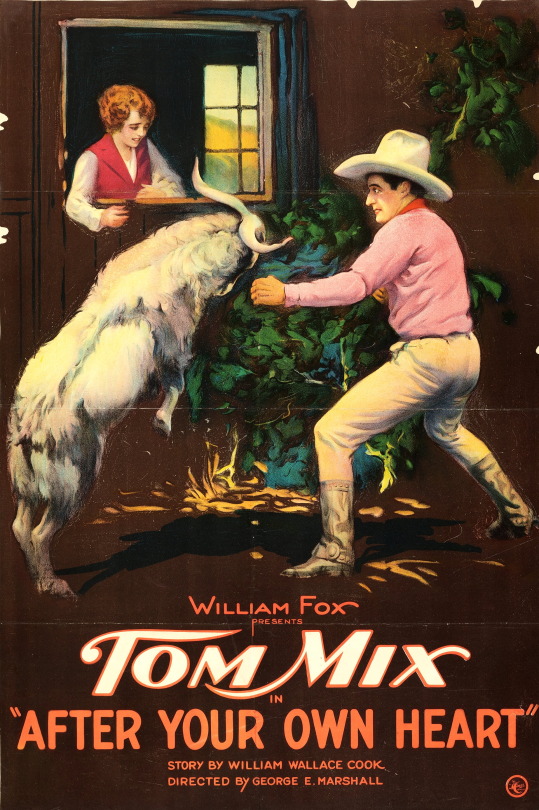
After Your Own Heart (Fox, 1921)
time for some goat-fightin'
15 notes
·
View notes
Photo


My Year in Books 2022:
11,299 pages read
33 books read
Children of the Volga/My Children by Guzel Yakinha
historical fiction, life, solitude
set in Russia (German colony Gnadenthal) between 1910s-1940s
main characters: Jakob Bach, Klara Grimm, Anna Bach
The Feast of the Goat by Mario Vargas Llosa
historical fiction, politics, betrayal
set in Dominican Republic in 1960s + 1990s
main characters: Urania Cabral, Augustín Cabral, Rafael Trujillo
Persuasion by Jane Austen
historical fiction, romance
set in United Kingdom (Somerset) in 1814-15
main characters: Anne Elliott, Frederick Wentworth, Lady Russell
In Order to Live by Yeonmi Park
nonfiction, memoir, oppression, human trafficking, survival
set in North Korea, China, South Korea in 1990s-2000s
Outpost: A Journey to the Wild Ends of the Earth by Dan Richards
nonfiction, memoir, travel
set in Iceland, US, Scotland, France, Japan, Svalbard
Daughter of Fortune by Isabel Allende
historical fiction, romance
set in Chile (Valparaíso), US (San Francisco) between 1843-1853
main characters: Eliza Sommers, Rose Sommers, Joaquín Andieta, Tao Chi'en
To Paradise by Hanya Yanagihara
fiction, dystopia, family, relationships
set in US (New York, Hawaii) in 1893, 1993 & 2093
main characters: David Bingham, Kawika Bingham, Charlie Bingham-Griffith
Dálvi: Six Years in the Arctic Tundra by Laura Galloway
nonfiction, memoir, introspection, Sámi, nature
set in northern Norway
Where the Lost Wander by Amy Harmon
historical fiction, romance, western
set in US (Missouri, Nebraska, Wyoming) between 1853-1858
main characters: Naomi May, John Lowry
The Four Winds by Kristin Hannah
historical fiction, family, hardship, Great Depression
set in US (Texas, California) in 1921 & 1934-1940
main characters: Elsa Martinelli, Loreda Martinelli, Anthony Martinelli
The Plague of Doves by Louise Erdrich
historical fiction, Indigenous, mystery
set in US (North Dakota) in 1960s, 1970s and before
main characters: Evelina Harp, Mooshum Milk, Antone Bazil Coutts
Men We Reaped by Jesmyn Ward
nonfiction, memoir, race, grief
set in US (Mississippi) between 1970s-2000s
The School for Good Mothers by Jessamine Chan
fiction, dystopia, motherhood
set in future US (Philadelphia)
main characters: Frida Liu, Harriet, Gust
First They Killed My Father: A Daughter of Cambodia Remembers by Loung Ung
nonfiction, memoir, war, Khmer Rouge, family, survival
set in Cambodia between 1975-1980
Train Dreams by Denis Johnson
historical fiction, solitude, western
set in US (Idaho) between 1910s-1930s
main character: Robert Grainier
Of Love and Shadows by Isabel Allende
historical fiction, romance, dictatorship
set in Chile in 1970s
main characters: Irene Beltrán, Francisco Leal
The Promise by Damon Galgut
(historical) fiction, family, grief, race
set in South Africa (Pretoria) in 1986, 1995, 1999, 2017
main characters: Amor Swart, Anton Swart, Astrid Swart
Peach Blossom Spring by Melissa Fu
historical fiction, family, survival, immigration, identity
set in China, Taiwan, US (Illinois, New Mexico) between 1938-2005
main characters: Meilin, Renshu/Henry, Longwei, Lily
Of Women and Salt by Gabriela Garcia
(historical) fiction, family, immigration, deportation
set in Cuba, US (Florida, Texas), Mexico between 1866-2019
main characters: Jeanette, Carmen, Gloria Ramos, Ana
It Would Be Night in Caracas by Karina Sainz Borgo
fiction, social unrest, oppression, grief
set in Venezuela
main character: Adelaida Falcón
Prisoners of Geography: Ten Maps That Tell You Everything You Need To Know About Global Politics by Tim Marshall
nonfiction, geopolitics, history, international relations
set worldwide
Stolen (Stöld) by Ann-Helén Laestadius
fiction, Sámi, discrimination, crime, family
set in northern Sweden
main character: Elsa
The Mercies by Kiran Millwood Hargrave
historical fiction, witch trials, romance
set in northern Norway (Vardø) between 1617-1619
main character: Maren Bergensdatter, Ursula Cornet
Ways of Going Home by Alejandro Zambra
(historical) fiction, identity, politics, dictatorship
set in Chile between 1980s-2000s
characters: nameless protagonist, Claudia, Eme
I’m Glad My Mom Died by Jennette McCurdy
nonfiction, memoir, abuse, mental health, child acting
set in US (LA)
The Marshal (Die Marschallin) by Zora del Buono
historical fiction, family, politics, war
set in Slovenia (Bovec) and Italy (Bari) between 1919-1980
main characters: Zora Ostan, Pietro del Buono
Desert Solitaire by Edward Abbey
nonfiction, nature, environment, national parks
set in US (Utah) in 1960s
Memoirs of a Geisha by Arthur Golden
historical fiction, geisha’s, Japanese culture
set in Japan (Kyoto) in 1930s-1940s
main character: Sakamoto Chiyo/Nitta Sayuri
Burnt Shadows by Kamila Shamsie
historical fiction, romance, family
set in Japan (Nagasaki), India (Delhi), Pakistan (Karachi) in 1945, 1947, 1982-1983, 2001-2002
main characters: Hiroko Tanaka, Sajjad Ali Ashraf, Raza Ashraf, Harry Burton
Tiny Beautiful Things: Advice on Love and Life from Dear Sugar by Cheryl Strayed
nonfiction, self help
The Days of Abandonment by Elena Ferrante
fiction, separation, abandonment
set in Italy (Turin) in 2000s
main character: Olga
The Gift of the Wild (Das Geschenk der Wildnis) by Elli H. Radinger
nonfiction, nature, animals, environment
set in US (Montana, Wyoming, Alaska, Arizona, Minnesota, Massachusetts, Texas), Germany
Kindred by Octavia E. Butler
historical fiction, sci-fi, time travel, race, slavery
set in US (California and Maryland) in 1810s-1820s and 1976
Main characters: Dana Franklin, Kevin Franklin, Rufus Weylin, Alice Greenwood
7 notes
·
View notes
Photo




The Goat (1921)
#the goat#buster keaton#classic film#classic comedy#silent film#1920s#vintage#gif#mine#buster*#the goat*
260 notes
·
View notes
